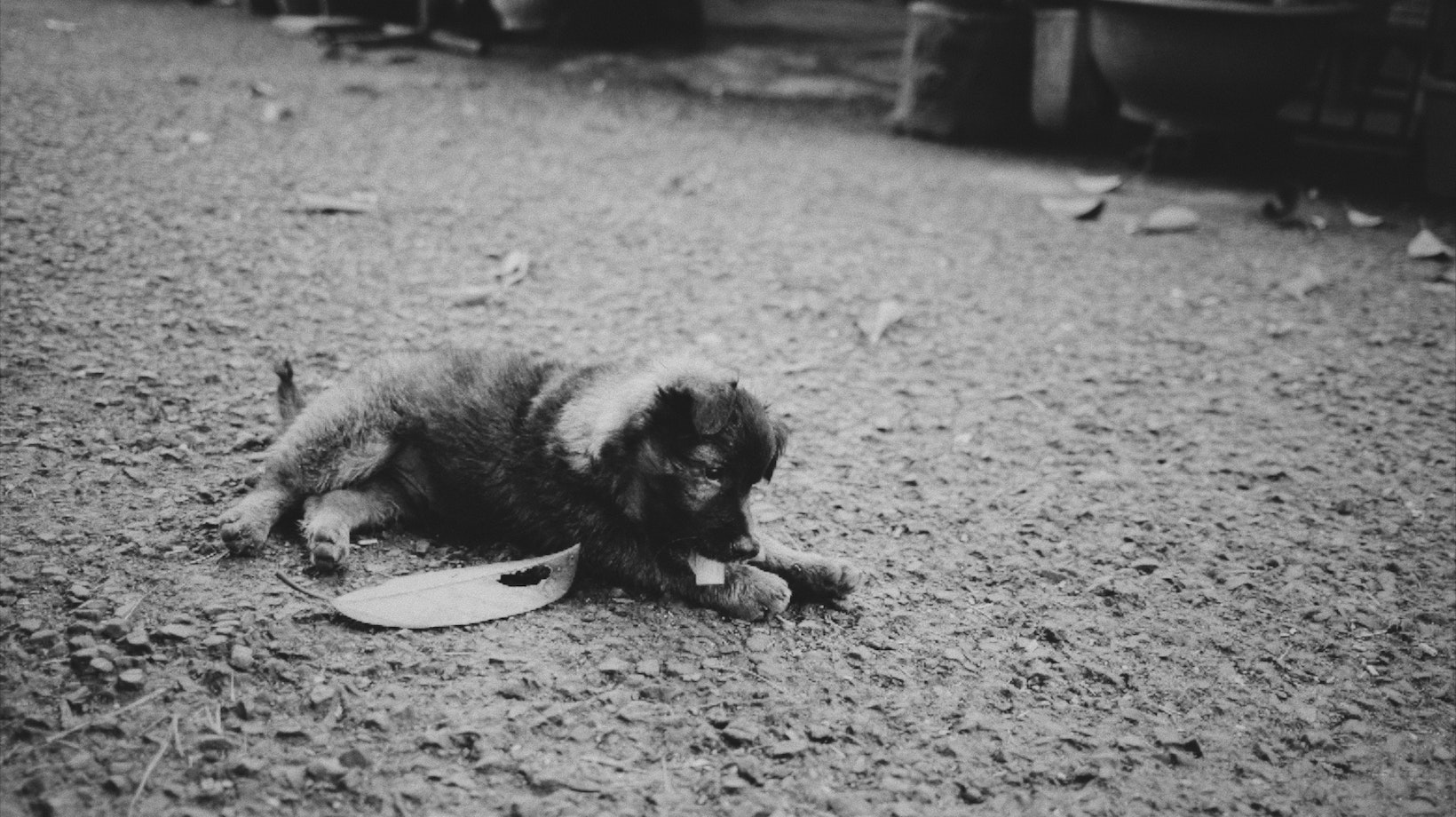Are you struggling with a teething Labrador puppy who seems to have an insatiable desire to chew on everything in sight? Well, fret not! I’ve got some tips and tricks that can help you put an end to this destructive behavior. Teething is a natural process for puppies, but it doesn’t mean your furniture or shoes have to suffer the consequences.
First and foremost, make sure your Labrador has plenty of appropriate chew toys readily available. These toys should be durable, safe, and specifically designed for teething puppies. By providing them with the right kind of outlet for their chewing instincts, you can redirect their attention away from your precious belongings.
Another effective strategy is to puppy-proof your home. Just like baby-proofing for human infants, this involves removing any potential hazards or tempting items from your pup’s reach. Keep shoes out of sight, tidy up loose cables and cords, and secure any valuables in cabinets or drawers. Creating a safe environment will minimize the chances of your Labrador finding something they shouldn’t chew on.
With patience, perseverance, and these simple strategies in place, you can successfully steer your teething Labrador away from destructive chewing habits towards healthier alternatives. So hang in there – together we’ll get through this challenging phase!
Understanding the Teething Process
Teething is a natural and necessary process that all puppies, including Labradors, go through. It can be a challenging time for both the puppy and the owner, as it often leads to excessive chewing on everything in sight. To effectively address this issue, it’s important to understand the teething process and its impact on your furry friend.
- Timing: Teething typically begins when puppies are around 3 to 4 months old and continues until they are about 6 months old. During this period, their baby teeth start falling out, making way for their permanent adult teeth. It’s essential to be aware of your Labrador puppy’s age so that you can anticipate and manage their teething behavior accordingly.
- Discomfort: Just like human babies, teething can cause discomfort and pain for puppies too. As their new adult teeth push through the gums, they may experience soreness or itchiness in their mouths. Chewing provides them with relief by massaging their gums and helping the teeth emerge properly.
- Increased Chewing: One of the most common signs of teething is increased chewing behavior. Your Labrador puppy may chew on anything within reach – shoes, furniture legs, or even your favorite belongings! This behavior helps alleviate discomfort but can also lead to destruction if not addressed promptly.
- Appropriate Chew Toys: To redirect your puppy’s chewing instinct towards appropriate items, provide them with a variety of safe chew toys specifically designed for teething dogs. Look for options made from durable materials like rubber or nylon that can withstand vigorous chewing without breaking apart or posing a choking hazard.
- Cold Relief: Similar to how cold soothes our own sore gums during dental issues, providing cold objects for your teething pup can offer some relief too. Consider freezing certain chew toys or wetting a clean cloth before placing it in the freezer for a short while; these chilled items can provide a soothing effect when your Labradors gnaw on them.

How to Stop a Teething Puppy from Chewing Everything
When it comes to dealing with a teething puppy that seems to chew on everything in sight, providing appropriate chew toys is essential. As an expert in dog training and behavior, I’ve learned that a Labrador puppy’s chewing instinct can be quite strong during the teething phase. To prevent your furry friend from destroying your furniture or belongings, here are some tips for selecting the right chew toys:
- Durable and Safe Materials: Look for chew toys made from sturdy materials like rubber or nylon that can withstand the sharp puppy teeth. Avoid toys that are too soft or easily breakable as they may pose a choking hazard.
- Size Matters: Choose chew toys that are appropriately sized for your Labrador puppy. Toys that are too small can be swallowed, leading to potential health problems, while oversized toys may be difficult for them to handle.
- Texture Variety: Labrador puppies love exploring different textures with their mouths. Opt for chew toys with various textures like ridges or bumps to keep their interest piqued and provide relief for their sore gums.
- Dental Health Benefits: Some chew toys come specially designed to promote dental health by reducing plaque and tartar buildup. These types of toys can be a great addition to your Labrador’s oral care routine.
- Interactive Options: Engage your pup’s mind by choosing interactive chew toys such as treat-dispensing balls or puzzle toys. These not only satisfy their chewing needs but also provide mental stimulation, helping to alleviate boredom.
Remember, every dog is unique in terms of preferences and chewing habits, so it might take some trial and error to find the perfect toy that keeps your Labrador entertained without causing any damage around the house. Observe how your pup interacts with different options and adjust accordingly.